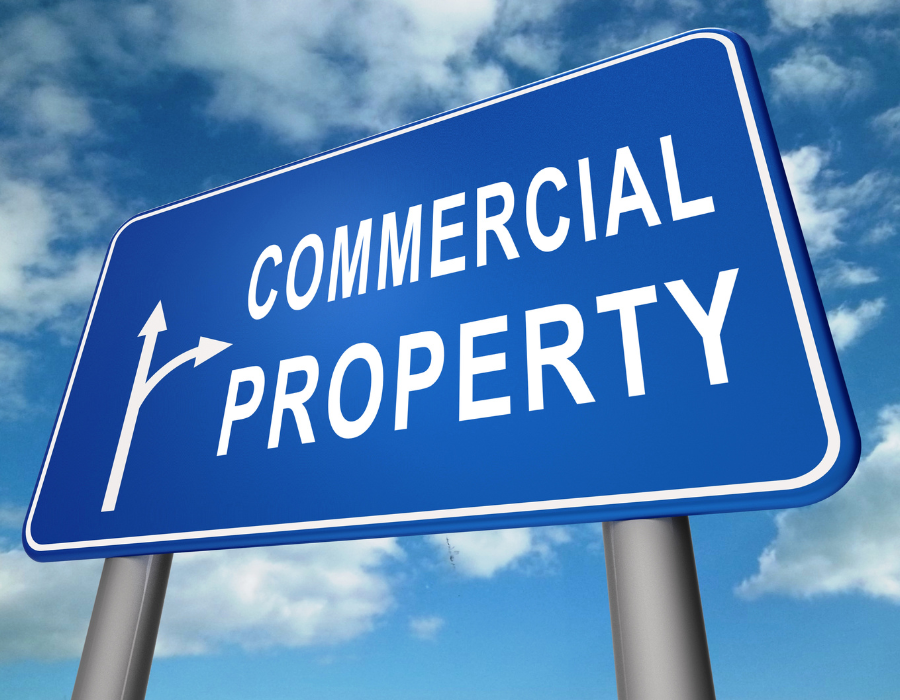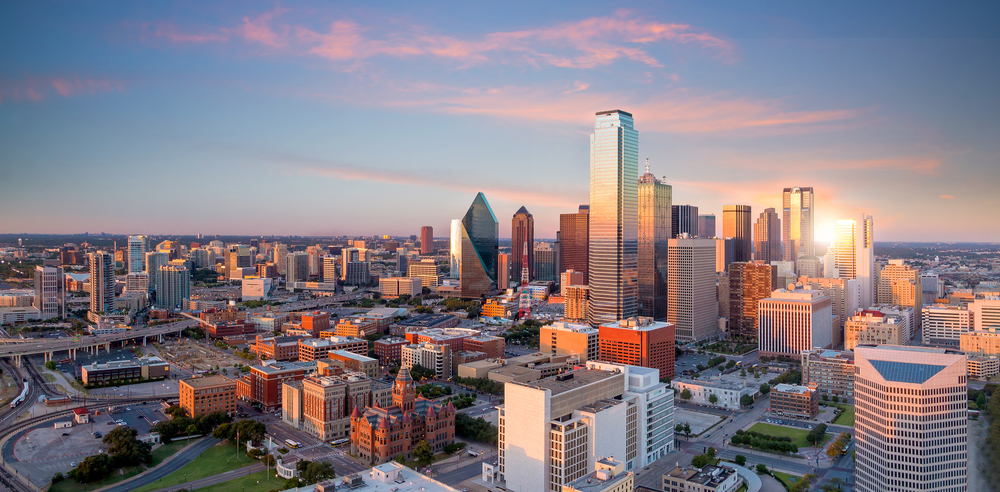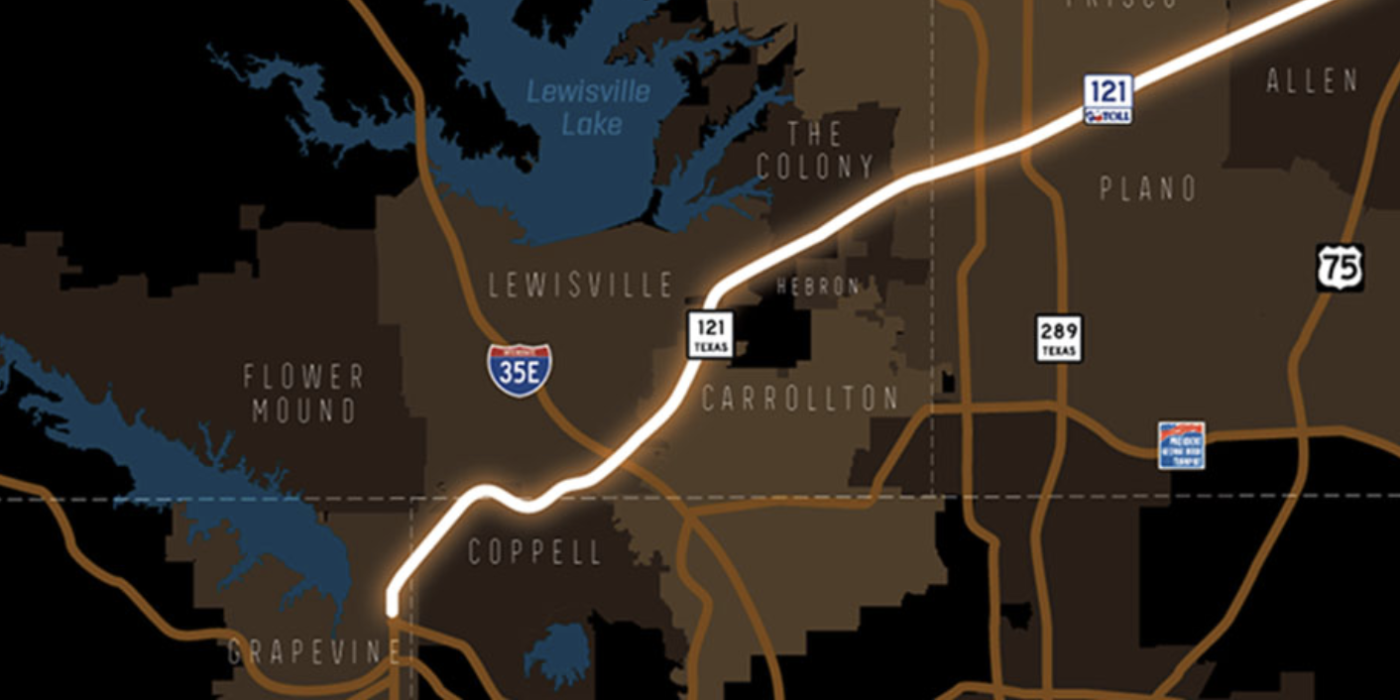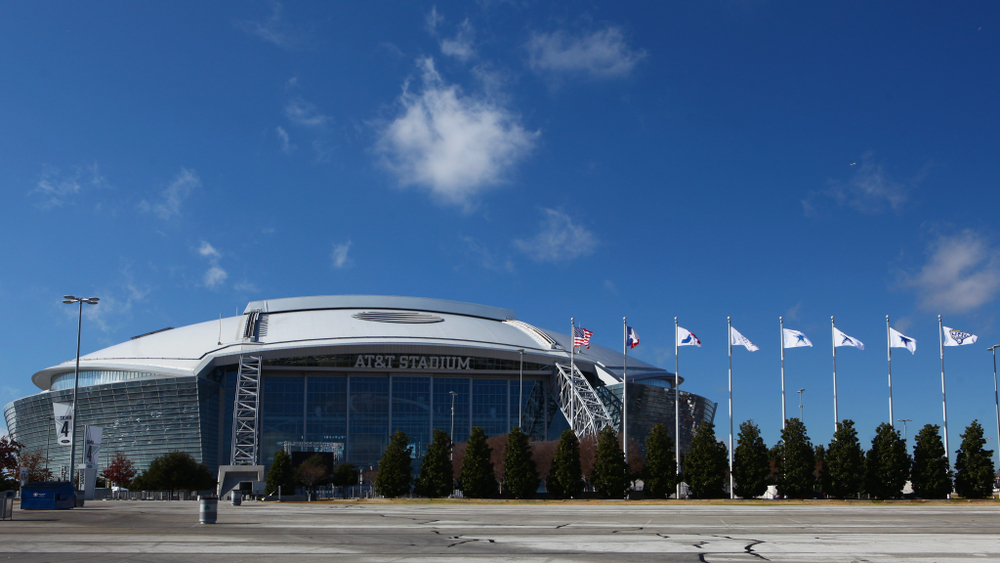Texas Commercial Real Estate Outlook for 2023
According to a recent SWBC blog, the Texas commercial real estate market is up against unique challenges in 2023, with ongoing inflation, the potential for a recession, and a slew of legislative measures aimed at altering property tax policies. Understanding these changes and their potential impact is crucial for commercial property owners in the office, retail, and industrial sectors.
The blog post provides an outlook on each of these sectors, highlight recent developments, and offer advice on how to navigate the dynamic landscape to minimize property tax burdens.
NEW WORK MODELS AND ECONOMIC PRESSURE IMPACT OFFICE SECTOR
The office sector in Texas is facing a modern challenge as flexible work models reduce demand for office space. A turbulent economy is further compounding the problem as companies cut back to brace for a potential recession. Not even Austin’s dynamic growth seems able to soften the blow. In the capital city, sublease vacancies jumped to 30% in Q1 2023.
However, as the economy recovers and businesses pinpoint work models that are beneficial for both operations and employees, we expect to see a slow-but-steady increase in demand. Speaking to Commercial Property Executive, Jason Morin, CBRE Americas Head of Office Research, speculated that nationwide office utilization may only be down an average of 15% compared to pre-pandemic norms.
Property owners should be prepared for fluctuations in property tax assessments due to these changes in market conditions.
RETAIL VACANCIES REMAIN LOW IN MAJOR TEXAS CITIES
Retail properties have been hit hard by the rise of e-commerce, labor shortages, supply chain issues, and changing consumer preferences. Still, 60% of consumers recently reported they preferred an in-store experience. Retailers may need to lean on technology, like streamlined digital payments and automation, to provide quality consumer experiences with limited staff and a smaller footprint.
According to Weitzman’s 2023 Shopping Center Review & Forecast, Austin, Dallas-Forth Worth, Houston, and San Antonio are experiencing healthy retail occupancy levels above 90%, with Austin leading Texas’ major metro retail markets. All four cities are expected to face potential economic softening from a position of financial strength.
Factors such as industry and location continue to bolster retail properties. Necessities like grocery stores, pharmacies, food service, and personal grooming remain in demand, although JP Morgan suggests that shopping in well-populated residential areas will outperform urban retail.
As a result, property taxes for retail properties may be more volatile in the short term. It’s essential for owners to monitor market trends and ensure their property tax assessments accurately reflect current conditions.
INDUSTRIAL PROPERTIES REMAIN STABLE, FOR NOW
The industrial property sector has remained relatively stable, with demand for warehousing and distribution centers driven by the growth of e-commerce and home delivery.
According to construction consultants Gordon Highlander, there were an unprecedented 76 million square feet of industrial construction projects underway in Dallas-Fort Worth at the end of December 2022. The firm also noted the bustling oil & gas industry in Texas has further propped up the industrial construction market but will see new construction slow down as developers eye the tenuous market and interest rates.
Property owners should keep an eye on any market shifts, as the ongoing inflation and potential recession could impact property tax assessments.
2023 TEXAS LEGISLATIVE SESSION UPDATES
Once again, property tax relief is a top priority this legislative session with competing proposals coming from both chambers. The House has proposed HB 2, which would put $12 billion into Texas school districts to lower property taxes. Also, it would lower the appraisal cap from 10% to 5% and expand the benefit to owners of business properties.
The Senate has its own $16.5 billion property tax relief plan, which is much different than what The House proposed. SB 3 proposes to increase the state’s homestead exemption from $40,000 to $70,000 and includes an additional $20,000 exemption increase for disabled individuals and seniors. A second bill, SB4, proposes to lower school property tax rates by $0.07 for every $100 in property value.
It’s important for property owners to stay informed about these changes and how they may affect their property tax liabilities.
FOUR WAYS TO REDUCE YOUR COMMERCIAL PROPERTY TAX BURDEN
1. Monitor Market Trends
Staying informed about market trends in your specific property segment can help you anticipate potential shifts in property tax assessments and make informed decisions.
2. Be Proactive
If you believe your property tax assessment does not accurately reflect the current market conditions, consider filing a protest. A property tax consultant can assist with this process and ensure you have the best possible chance of success.
3. Watch for Legislative Changes
The ongoing Texas legislative session could result in new laws or regulations that impact property owners. Staying up to date with these developments will help you anticipate and plan for any changes in property tax liabilities.
4. Consult an Expert
Engaging the services of a property tax consultant like SWBC Ad Valorem Tax Advisors can help you stay ahead of market changes and legislative developments, and ensure your property tax assessments are accurate and fair.
Although the Texas commercial real estate market is up against numerous challenges in 2023, commercial property owners in office, retail, and industrial sectors shouldn’t feel helpless. By staying informed, engaging with experts, and proactively managing their property tax obligations, they can navigate these challenges more confidently and potentially lighten their property tax burdens.
Source: Gary Rivas, April 2023. Rivas is a Texas licensed Senior Property Tax Consultant experienced in providing Industrial, Commercial, and Residential property tax reduction advisory services for real and personal property in Texas and multiple states across the country. He has 31 years of experience in the Property Tax Profession with 27 years as a Property Tax Consultant, and 34 years as a licensed Texas Real Estate Agent.










